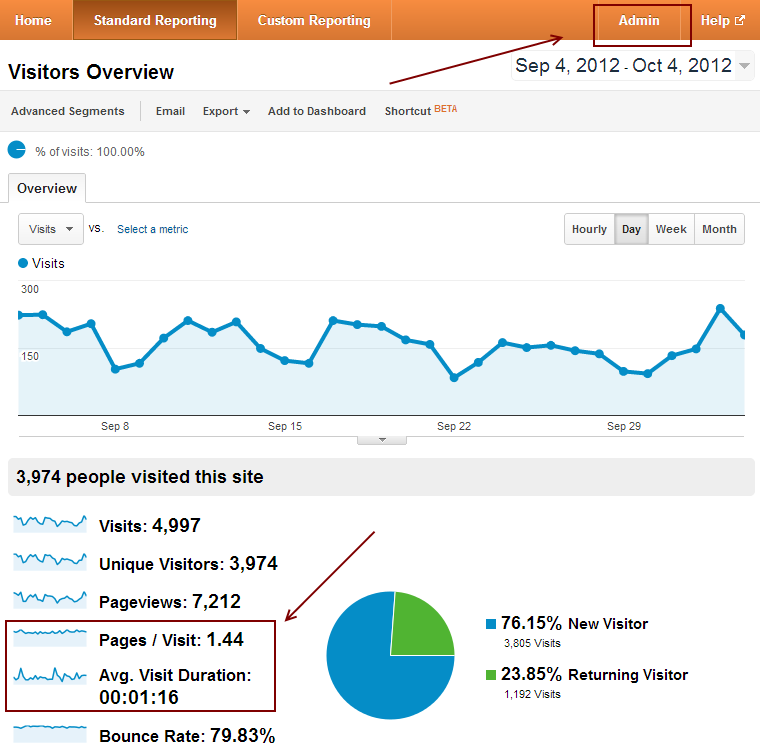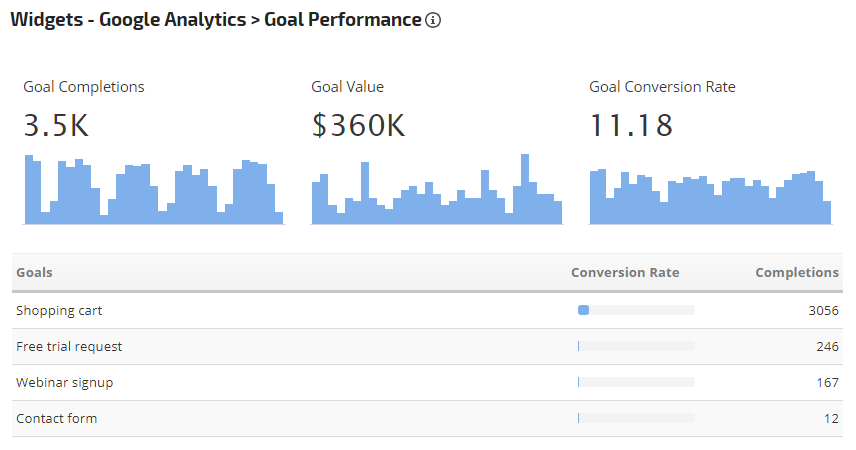What Data Is Google Analytics Goals Unable to Track: Essential Details
What Data Is Google Analytics Goals Unable to Track: Essential Details
Blog Article
Discover the Limitations of Google Analytics Goals: Revealing the Information Types That Remain Untrackable
As businesses significantly rely on data-driven decision-making, comprehending the constraints of devices like Google Analytics becomes critical. While Google Analytics Goals offer beneficial insights right into individual communications, there exist data kinds that avoid monitoring, positioning obstacles to a detailed understanding of customer behavior.
Incomplete User Journey Tracking
Incomplete individual journey monitoring within Google Analytics can prevent the ability to precisely assess individual behavior. When the user journey is not totally tracked, there are gaps in the information that prevent a comprehensive understanding of exactly how individuals engage with a website. This lack of insight can result in missed possibilities for optimization and improvements to the customer experience.
One usual problem with incomplete individual journey monitoring is the lack of ability to see the complete course that individuals take in the past finishing a goal or leaving the site. Without this details, it is testing to determine where individuals may be coming across obstacles or friction points that prevent them from transforming. In addition, insufficient monitoring can obscure the impact of particular advertising and marketing initiatives or web site modifications on user behavior.
To resolve this restriction, it is vital to establish correct monitoring devices within Google Analytics to capture the entire user journey. This might involve establishing occasion tracking, objective funnels, or using devices like Google Tag Manager to make sure that no important interactions go unrecorded. By getting a detailed view of the user trip, site proprietors can make more educated decisions to boost individual engagement and drive conversions.
Acknowledgment Challenges
Navigating with acknowledgment challenges in Google Analytics requires an extensive understanding of how different touchpoints contribute to the general conversion procedure. Acknowledgment challenges arise from the complexity of contemporary client trips, where users communicate with several channels before converting.
One common attribution difficulty is the trouble in connecting conversions to the correct source, especially in situations where users communicate with numerous channels before converting. This can bring about inaccuracies in determining which marketing initiatives are driving one of the most conversions. In addition, cross-device tracking poses an additional acknowledgment difficulty, as users commonly change between gadgets during their journey, making it testing to track their communications seamlessly. Marketing professionals should meticulously interpret and examine attribution data to make enlightened choices and maximize their advertising and marketing approaches properly.
Offline Conversions
Given the difficulties related to attributing conversions accurately in online networks, the dimension of offline conversions offers a considerable chance for online marketers looking for a more comprehensive understanding of their customers' trip. Offline conversions describe activities that customers take in the physical globe, such as making acquisitions in brick-and-mortar shops or over the phone, attending occasions, check my reference or engaging with printed materials - what data is google analytics goals unable to track. These conversions are essential for businesses that run both online and offline, as they give beneficial insights into the efficiency of marketing projects across different touchpoints
Tracking offline conversions generally positioned a substantial difficulty for online marketers, as it was testing pop over to this web-site to link these activities back to particular on-line interactions accurately. Nevertheless, with advancements in modern technology, such as the assimilation of CRM systems, distinct identifiers, and discount coupon codes, organizations can now link the space between online and offline data to get a more holistic view of client behavior. By successfully determining offline conversions, online marketers can enhance their techniques, allot resources more efficiently, and ultimately improve the overall customer experience.
Cross-Device Tracking
Cross-device tracking plays a crucial duty in comprehending the interconnected nature of consumers' electronic interactions throughout several devices. In today's omnichannel world, where users flawlessly switch between desktops, tablet computers, and smart devices, tracking their actions throughout these tools is important for online marketers to get an extensive sight of their customer journey.

Furthermore, personal privacy issues and policies such as GDPR and CCPA have better challenging cross-device monitoring. With users requiring even more control over their data and increased constraints on monitoring modern technologies, online marketers need to find privacy-compliant and cutting-edge means to attach individual communications throughout devices.
Dynamic Material Interaction
Recognizing individual interaction with check these guys out vibrant material is essential in optimizing electronic marketing strategies for improved audience interaction. Dynamic content describes website elements that change based on user behavior, choices, or various other aspects, supplying a tailored experience. Nonetheless, tracking customer interactions with vibrant web content postures challenges for traditional analytics devices like Google Analytics.
While Google Analytics can track standard communications like clicks and page sights, it might battle to record even more nuanced involvements within dynamic material. what data is google analytics goals unable to track. Metrics such as time spent on particular dynamic elements, hover actions, or interactions within pop-ups are often not easily measurable utilizing typical monitoring methods. This constraint hinders marketers' capacity to fully comprehend how users are involving with dynamic content and customize their techniques as necessary

Verdict
Finally, Google Analytics goals have restrictions in tracking insufficient customer journeys, associating conversions accurately, capturing offline conversions, tracking cross-device communications, and determining dynamic web content engagement. These restrictions highlight the relevance of discovering extra tracking approaches and tools to gain a much more extensive understanding of user behavior and conversions beyond what Google Analytics can offer.
While Google Analytics Goals offer beneficial understandings right into individual interactions, there exist data types that elude tracking, posturing obstacles to a comprehensive understanding of individual habits.Incomplete customer journey tracking within Google Analytics can prevent the capability to precisely evaluate individual behavior. When the user trip is not totally tracked, there are gaps in the data that protect against a detailed understanding of exactly how users interact with a website.One typical issue with insufficient individual journey tracking is the failure to see the full path that users take in the past finishing an objective or leaving the website. By obtaining a detailed sight of the customer trip, internet site owners can make even more enlightened decisions to boost user involvement and drive conversions.
Report this page